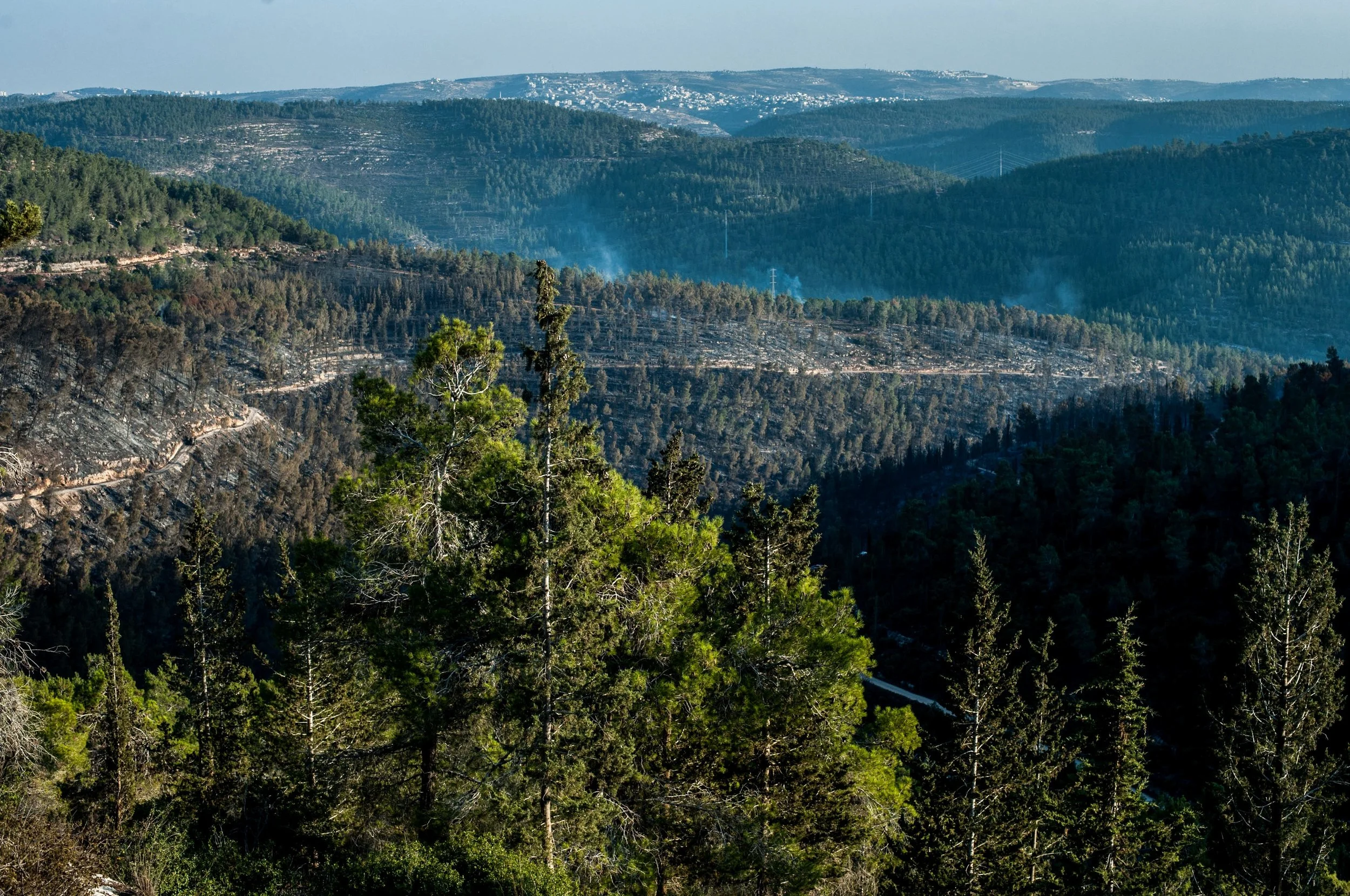Wildfire mitigation is the process of reducing the risk of wildfire damage to people, property, and natural resources. It involves taking proactive steps to prevent wildfires from starting, slow their spread, and minimize their impact when they do occur.
key elements
Home Hardening
Making buildings more resistant to ignition by using non-combustible materials on roofs, decks, vents, and siding. Examples: metal roofs, ember-resistant vents, fire-rated siding and noncombustible deck frames.
Defensible Space
Clearing or managing vegetation and combustible materials around structures to create a buffer zone that slows fire spread. Typically involves three zones within 100 feet: immediate (0–5 ft), intermediate (5–30 ft), and extended (30–100 ft).
Fuel Reduction
Removing dead trees, brush, or overgrown vegetation in forests, grasslands, or near communities to reduce fire intensity. Techniques include thinning, prescribed burning, grazing, and chipping.
Community Mitigation
Coordinated efforts at the neighborhood or regional level, including fire-safe planning, evacuation preparedness, and community fuel breaks. Often organized by Fire Safe Councils, Firewise USA® communities, or local agencies.
Education & Planning
Informing residents, builders, and officials about wildfire risks and how to reduce them.
Includes creating evacuation plans, readiness checklists, and understanding local fire codes.
Policy and Codes
Enforcing land use planning, building codes, and fire-safe regulations, especially in the Wildland-Urban Interface (WUI) — areas where development meets wildland vegetation.
“Wildfire mitigation is the implementation of actions designed to reduce or eliminate risks to persons and property from wildfire.
”
